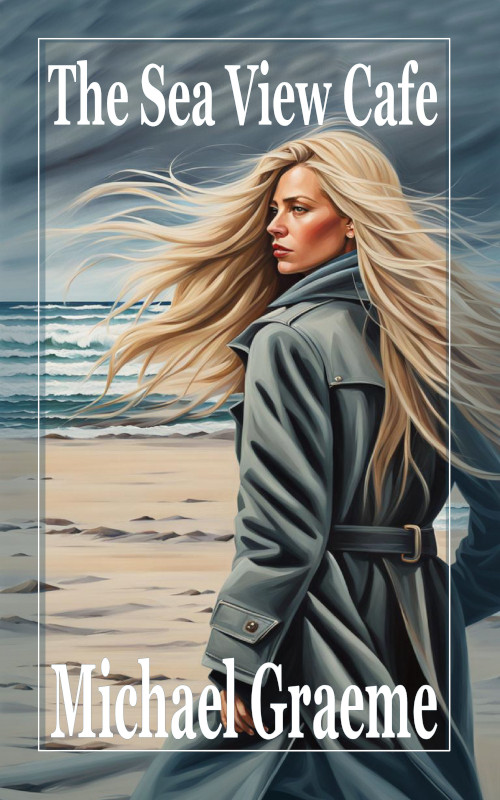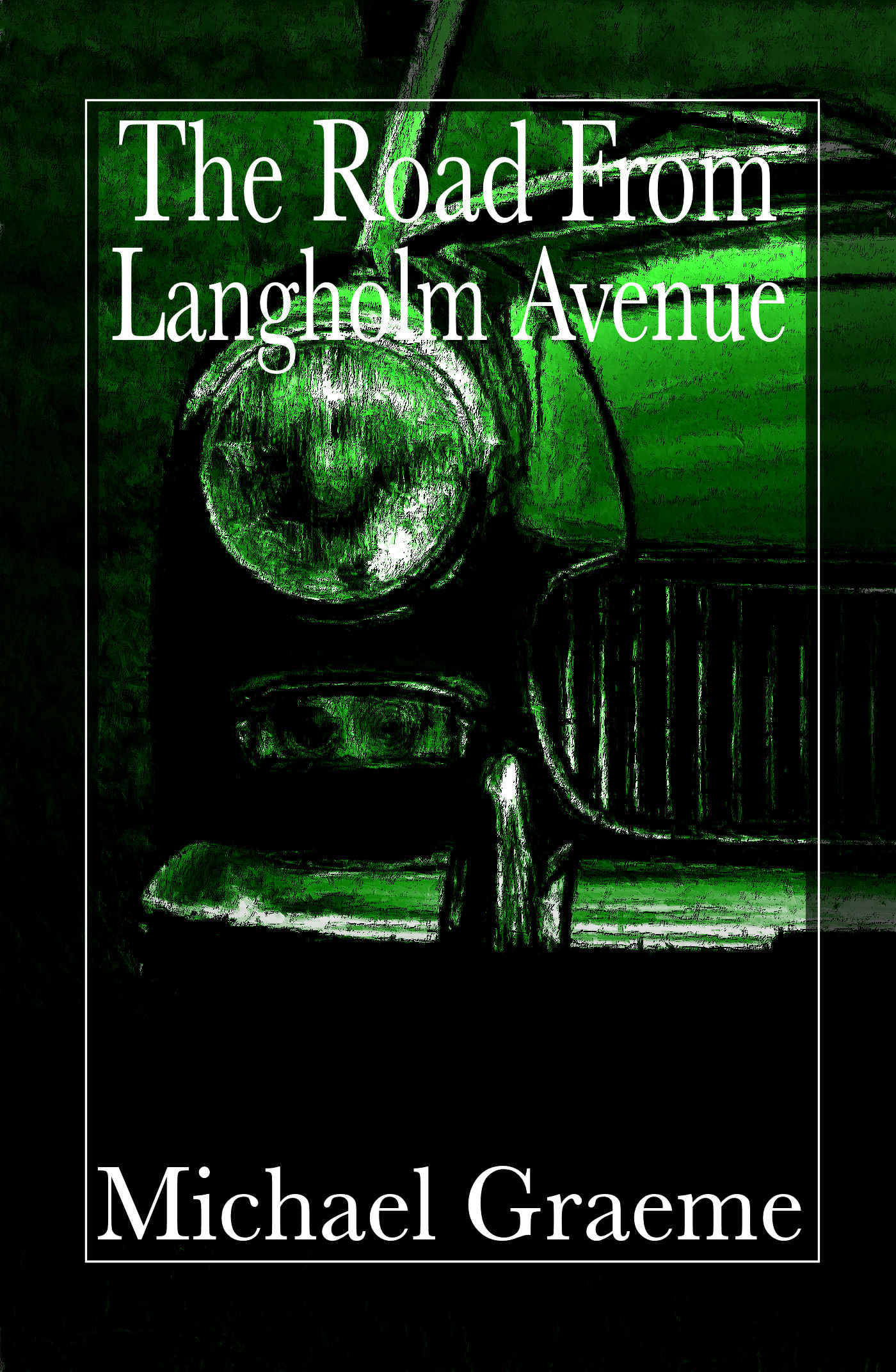
The Leeds-Liverpool canal at Parbold, Lancs.
I was out along the canal yesterday with my camera. There were the usual canal-side scenes: houseboats moored-up, ropes taut, cosy curls of smoke rising from squat chimneys. There was a bridge, a windmill, an old canal-side pub, and a low, wintry sun scattering yellow stars across mud coloured water. It was late afternoon with a clear, pale sky, but little energy in it, and it was cold. I took around twenty shots, but none came out the way I saw them. They lacked detail, seemed flat, with a compressed range of tones. Indeed, I might have done as well with my phone – and my phone’s not great.
This tells me two things, both probably true: One, I’ve still a way to go before I learn how to handle that camera properly and, two, my imagination tends to over-paint a scene in ways a camera can never capture, that when we see the world as human beings, we are seeing it through more than just the eyes. There is also an inner vision we project, a thing comprising the warp of imagination and the weave of emotion, like a net we overlay upon the world – and it’s this that breathes life into our experience.
Still, I tell myself the lens was sluggish, that it might be fine in a part of the world with an abundance of light, say in the tropics, but on a winter’s day in Lancashire, even wide open at F3.5, it’s going to struggle, that my pictures will always be as flat and muddy as the canal’s water. So I’ve coppered up, and ordered another camera, second hand this time, but with a much faster lens, indeed the finest of lenses, a Leica lens. I’m thinking that if I can only let in more light, I can get closer to things the way I see them.
It won’t work of course. I already have several decent cameras and another one isn’t going to change anything because what I’m chasing here are ghosts. Only rarely do people photograph ghosts, and when they do, it’s likely the result is faked, like my header picture was faked in Photoshop to bring out the light and the detail to some resemblance of how I remembered it.
And there’s another problem. Take a look on Instagram, or Flikr, and you’ll see great volumes of images that already depict the world in powerful ways, volumes that are being added to every second of the day. I’ve been taking pictures nearly my whole life, yet probably only captured a few scenes that are a match for any of the millions of beautiful images that exist already. Do I really imagine, when I put a picture up on Instagram I will make the world hold its breath, even for a moment?
No. And this isn’t really about others anyway.
What I’m seeking is a reflection of myself in an abstraction of shape and colour and light. I look at the sizzling detail in the finest photographs of yesteryear and wish I could render my world as crisply alive as that. Lenses hand-ground a hundred years ago seem, in the right circumstances, and in the right hands, to far surpass anything I can approach with the most modern cameras of today. I want to get down to the very atoms of creation, you see? I want to focus them sharply and with a depth of field that stretches from the tip of my nose to the edge of the universe. Why? Well, given enough accurate information, perhaps I’ll be capable of understanding the puzzle of creation, or at least my own part in it.
I know, I have a tendency to over-romanticise.
It was a quest that began forty years ago. I sought it in those days with my father’s old Balda, a 120 film camera, from the 1940’s. It had a queer, knocked lens that gave a strange, closely overlapping double image. But as I grew older and began to earn money, I sought it with a long string of 35mm SLRs, through several thousand frames of Fujichrome. And then I abandoned all that for the miracle of digital and a one megapixel Kodak, even though that wasn’t quite the miracle we’d hoped for – just the beginning of another technology arms race I waited a quarter century to catch up to the quality of my Olympus OM10 – which some bastard nicked from my car in 1986. And now, when even twenty five megapixels fails me, I look for it in the gaps, under the microscope of Photoshop, under the shifting moods attainable by all that digital fakery, and I look for it under the soft blown smears of inadequate shutter speed, and the promise of a tripod next time.
But in all of this, the most valuable lesson photography has taught me is the irrelevance of equipment, of technology, of technique, indeed also the fallacy of seeking to record the spirit of the earth at all, to say nothing of the ghost-like reflection of oneself in it. But this is not to dismiss the art altogether, for at least when we settle down, say in the midst of a spring meadow with our camera to await just the right fall of light, – be it with a 1940’s squinting Balda or last year’s Nikon – we slow time to the beating of our hearts, we open up the present moment, and we re-establish a sense of our presence in the world.
Only when we focus down, say on the texture of a tree’s bark, or on the translucent quality of a broad Sycamore leaf when the glancing sun catches its top, do we sense the aliveness of nature and our aliveness within it. Only then do we remember what beauty really is and how it feels as it caresses our senses. Only then do we realise the best photographs of all are the ones we do not take, but the ones we remember. And we remember them because, through photography, we have learned to take the time to look with more than just our eyes, to not just see the world, but feel it in our bones.
Still, I may be wrong, in which case I’ve still got high hopes for that Leica lens.

 Why? Well, who can resist a conker? I like the colours, the autumn feel, which I amplified a little in Painshop. It conjures memories of childhood, schoolyard conker fights, the oily sheen when you first crack them open.
Why? Well, who can resist a conker? I like the colours, the autumn feel, which I amplified a little in Painshop. It conjures memories of childhood, schoolyard conker fights, the oily sheen when you first crack them open. It was the shadow of the tree that struck me here, almost reflection-like in quality. It put me in mind of the symbolic “tree of life”, the branches mirrored by its roots. I took it with a digital SLR, a Nikon D5600, with a medium zoom, which, like that earlier SLR camera must weigh over a kilogram again, and I’m wondering how much use it will see, because I still like to travel light. Purists won’t like the starburst, which is more of a lens artifact than artistically intended, though paradoxically you can buy filters to achieve the same effect.
It was the shadow of the tree that struck me here, almost reflection-like in quality. It put me in mind of the symbolic “tree of life”, the branches mirrored by its roots. I took it with a digital SLR, a Nikon D5600, with a medium zoom, which, like that earlier SLR camera must weigh over a kilogram again, and I’m wondering how much use it will see, because I still like to travel light. Purists won’t like the starburst, which is more of a lens artifact than artistically intended, though paradoxically you can buy filters to achieve the same effect.
























